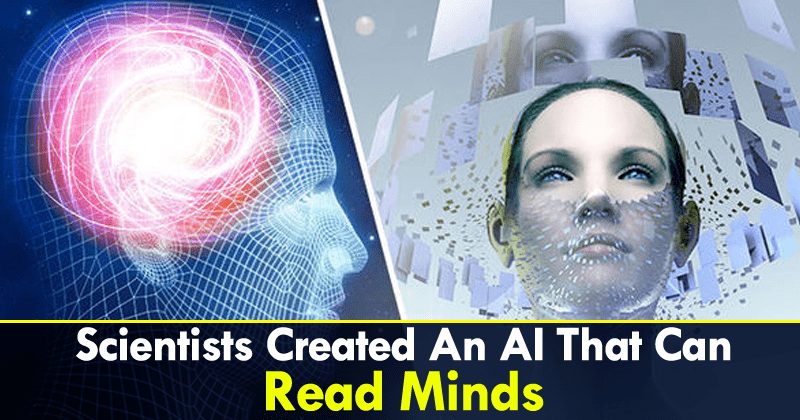In recent years, scientists have been researching methods to try to find out human thoughts through brain-computer interfaces, and have made remarkable advances in recording and interpreting brain waves in a first approximation to learn certain patterns that allow reading the mind. However, apart from all these the neural networks continue to prove their usefulness in our day to day life, and what technology companies have called artificial intelligence continues to amaze us with their applications in everyday life. But now, a group of researchers from Carnegie Mellon University (USA) were given the task of developing a more complex artificial intelligence. This new system is bringing the capabilities of neural network algorithms to a new level: reading a human mind, according to a study published this week by the aforementioned scientists. The researchers performed a work of counter engineering the signals sent by the brain so that one of this artificial intelligence can read complex thoughts simply by looking at an MRI of the human brain. This was achieved by collecting information from a functional magnetic resonance imaging machine or fMRI. This information is presented to the machine learning algorithms, which detect the patterns of activation of the brain and the way in which they activate when creating complex thoughts. Through this study, the team of developers was able to demonstrate which regions of the brain were activated and how they did it by processing 240 complex events ranging from people to places and even physical actions and social interactions. Understanding these triggers allowed the algorithm to use these magnetic resonances to predict what the patient’s brain was thinking at that time, coming to connect individual thoughts into a coherent sentence. The study demonstrated that the algorithm has the ability to predict patients’ true and correct thoughts through the analysis of their magnetic resonance, with a degree of certainty of 87%. In addition, the system may do the opposite: receive a sentence to create a correct picture of how the human brain would have been activated to create it. “The human brain works by combining individual concepts into complex thoughts. For example, ‘he does not think only of ‘fruits”, but ‘I like to eat fruit at night with my family’” explains Marcel, the leader of the work, who added that for the first time it was possible to decode thoughts that contain several of these concepts. So, what do you think about this new achievement? Simply share your views and thoughts in the comment section below.
Δ


